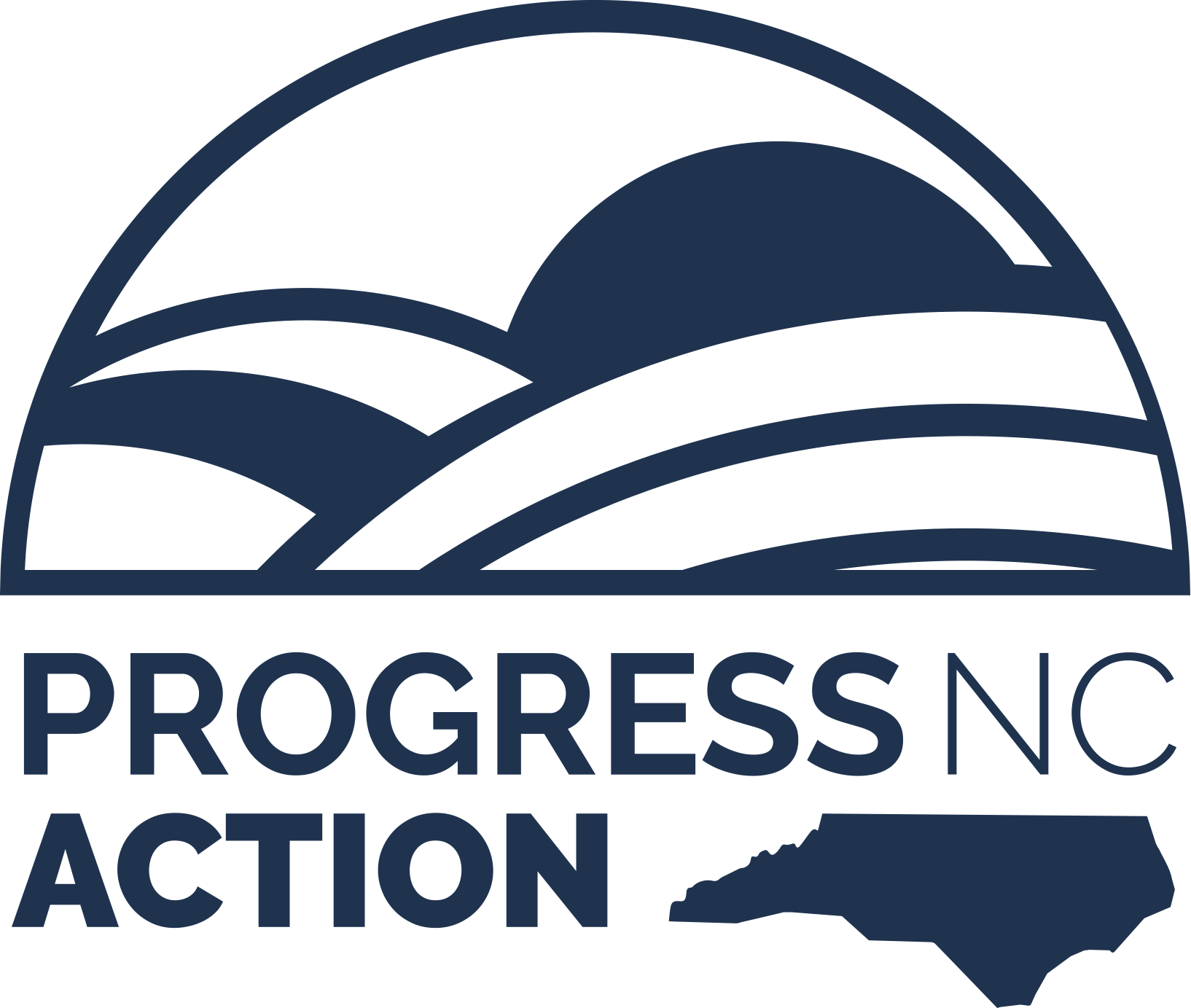The time to fix NC’s broken unemployment insurance system is right now
North Carolina’s Former Gov. Pat McCroy passed unemployment insurance reforms in 2013 with an objective to reduce unemployment taxes on businesses. Seven years later, the reforms have done little.McCroy’s House Bill 4 cut the eligibility and benefits for all unemployed workers, leaving thousands of workers without financial assistance over the years.
As the coronavirus outbreak continues, thousands more will be placed in limbo, as the virus is causing an economic shutdown — resulting in millions of workers across the nation being left with no income. The rapid spread of the virus has led millions of businesses to halt, leaving workers with potentially huge income losses over the next coming weeks.
Financial assistance sought out by these workers unfortunately will not be there, as McCroy’s permanent cuts have damaged the unemployment insurance system.
In 2013, the North Carolina General Assembly and then-Gov. Pat McCrory approved House Bill 4 with the stated objective of bringing solvency to the state’s Unemployment Insurance Trust Fund, which is funded by taxes on employers and pays unemployment benefits to laid-off workers.
Ultimately, the bill achieved solvency for the trust fund, but only by permanently cutting the amount, duration, and eligibility for benefits for all unemployed workers. All told, The changes enacted in North Carolina amounted to the most severe cuts ever enacted by any state during the 80-plus-year history of American unemployment insurance.
The cuts made in 2013 have resulted in three enormous problems and deficiencies for the state’s program.
First, only 8.6 percent of jobless workers in North Carolina received unemployment insurance in the third quarter of 2019, ranking the state 51st in the country (including the District of Columbia and Puerto Rico).
Second, the average duration of unemployment insurance in North Carolina is just 8.6 weeks, ranking last in the country. This short duration is, in part, a function of the state’s arbitrary sliding scale that ties the number of weeks of benefits to the state unemployment rate.
Finally, North Carolina provides just $264.70 each week on average to jobless workers and a fixed maximum of $350, despite the average weekly wage in the state being $986. The state is replacing just 32 cents for every $1 in lost income, circulating far fewer dollars than recommended by economists who typically seek a replacement rate of at least 50 percent.
In 2018, North Carolina ranked last among states in unemployment benefits, with a weekly benefit average of $247.
In a 2018 report by the N.C. Justice Center, North Carolina had the third highest rate of unemployment benefit exhaustion in the country, with half of workers receiving unemployment insurance losing benefits before they found a job.
Lawmakers had multiple chances to fix the system that is designed to ensure that working people who lose their jobs can stabilize their households and provide for their families. And yet, during the recent national health crisis, when thousands need the financial assistance, the system cannot provide it. The state’s economy will not be able to recover quickly and equitably unless lawmakers fix this broken system and fix it now.

